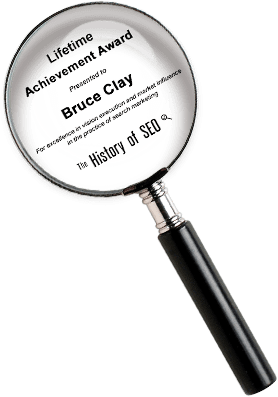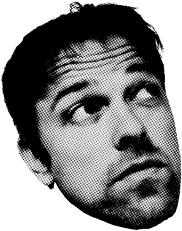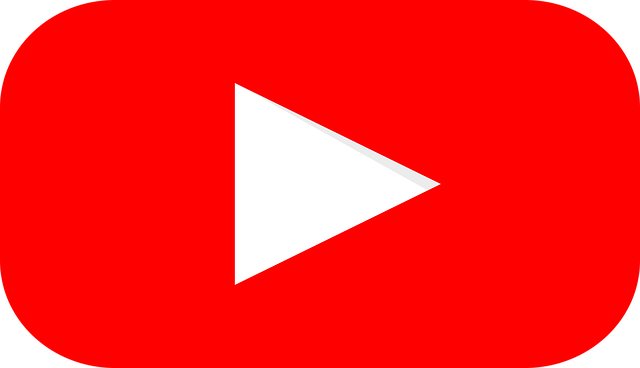Boost Your Business with Expert SEO Strategies
SEO strengthens your online presence and attracts more traffic to your website. In this article, we are going to tackle expert strategies and techniques to optimize your website for SEO and, ultimately, grow your business.
- On-page factors: tags and a clear subject-matter focus
- Expertness and copywriting: establishing credibility
- Engagement objects: enhancing user experience
- Site architecture and siloing: organizing your content
- Server and software performance: speed matters
- The concept of “better” evolving strategies
- The power of links: building relevance
- The future of search and SEO: behavioral and intent-based search
- The hammer example
- FAQ: How can I optimize my website using effective SEO strategies and techniques?
On-page Factors: Tags and a Clear Subject-Matter Focus
On-page SEO involves using strategic tags and conveying strong subject-matter expertise. Tags are important because they provide search engines with necessary information about the content on your website. With the right tags and smart content, your job is to make sure that search engines understand what your website is about, which will increase search visibility.
Expertness and Copywriting: Establishing Credibility
Aim to be an expert and a thought leader in your industry. Quality content showcases your expertise to both potential consumers and, of course, search engines. Write high-quality content that is structured properly, contains logical sentence structure, and strategically contains the right keywords.
Consider incorporating clarification words that help explain the meaning of your content. This ensures that both search engines and visitors understand the value you offer.
Engagement Objects: Enhancing User Experience
Engagement objects are an important component of a good user experience on your website. They include things like videos, images, maps, news, blogs, etc.
These elements make your content more engaging and increase the likelihood of your website ranking high in search results. Search engines value websites that provide a rich user experience, so incorporating engagement objects can positively impact your search rankings.
Site Architecture and Siloing: Organizing Your Content
Organizing your website’s content through site architecture and siloing is an advanced method to build relevance and indicate subject specialty. By theming your content based on the search query, you can create a structured and organized website that search engines can easily navigate. This helps search engines understand the context and relevance of your content, resulting in improved rankings.
Server and Software Performance: Speed Matters
The performance of your server and software can significantly impact search engine crawling and indexing. A slow server can discourage search engine spiders from properly analyzing your website, leading to lower visibility in search results. Ensure that your website’s technology is search engine-friendly, allowing for proper indexing and crawling. Additionally, implementing proper redirects and avoiding technology that prevents page editing is crucial for maintaining link value transfers and ensuring that your content is properly implemented.
The Concept of “Better”: Evolving Strategies
SEO is constantly changing, and what is considered “best practices” for SEO can change over time. Stay up to date with the constant change in algorithms. Use associated words to clarify and strengthen your keywords. Research your competition and incorporate words and phrases that they use, as search engines reward websites that demonstrate an equal or better understanding of the subject matter.
The Power of Links: Building Relevance
Link building remains a crucial aspect of SEO. Internal links, in particular, provide you with significant control over indicating your website’s theme and subject specialty. Structure your site using silos, a method that groups related content together to enhance relevance and improve search rankings. However, be cautious with certain link practices. Nofollow links can be effective in certain situations, while paid links are heavily scrutinized by search engines. Strive for a natural distribution of links and ensure that they come from diverse IP addresses.
Make sure that you are using your existing high-quality content to the best of your ability to amplify your site and build those all-important connections with authorities in your industry who will be most likely to link back to you.
The Future of Search and SEO: Behavioral and Intent-based Search
The future of search and SEO lies in understanding user behavior and intent. Behavioral search focuses on users’ consecutive searches, forming a long-tail filter for subsequent searches. You can gain valuable insights into their search patterns and preferences by analyzing user personas and communities. However, it’s important to note that the last query in a sequence may be misleading. Analytics may provide incomplete information as search results change based on previous searches.
The [hammer] Example: Understanding User Intent
To illustrate the importance of understanding user intent, consider the example of searching for a “hammer.” While the last query may seem straightforward, users’ intentions can vary. Some people may be looking to buy a hammer, while others may be looking for information about how to use a hammer. Others may still be looking for a Hammer-brand bowling ball. To rank for the search terms that benefit your business, gain a firm understanding of your buyer personas and what they will be searching for.
To wrap it up, optimizing your website for search engines will grow your digital footprint and land you more business. By implementing expert SEO strategies, including on-page optimization, engaging copywriting, utilizing engagement objects, organizing your content effectively, ensuring server and software performance, and building relevant links, you can improve your website’s visibility and attract more visitors. Furthermore, staying ahead of evolving trends, embracing behavioral and intent-based search, and understanding user intent will position your business for success in the dynamic world of SEO.
Remember, ranking on search engines is just the first step. Measuring and analyzing traffic through analytics is vital to understand the impact of your efforts and make informed decisions. By adopting these strategies and embracing the future of SEO, you can boost your business and stay ahead of the competition.
Ready to amplify your online presence? Embrace these expert SEO strategies to supercharge your website’s visibility and leave your competition behind. Contact us.
FAQ: How can I optimize my website using effective SEO strategies and techniques?
Where competition is fierce, employing effective strategies and techniques is paramount. Let’s delve into key insights that will empower you to optimize your website successfully.
Understanding Buyer Intent
First, it’s crucial to discern the buyer intent behind search terms. Users may seek information, desire a specific service, or aim to purchase a product. Tailoring your SEO efforts to align with these intents enhances your website’s relevance. Utilize keyword variations and stemmed versions strategically to capture a broader audience actively seeking what your website offers.
Content is King, but Relevance is Kingdom
Crafting compelling content remains foundational to SEO success. However, it’s not just about quantity; relevance is the linchpin. Develop content that addresses your audience’s pain points, interests, and questions. Incorporate buyer intent search terms seamlessly, ensuring your content resonates with users and search engines.
Technical SEO: The Backbone of Optimization
Beyond content, the technical aspects of your website play a pivotal role. Prioritize factors like site speed, mobile-friendliness, and secure HTTPS protocols. Search engines favor websites that deliver a seamless user experience. Regularly audit and optimize your site’s technical elements to maintain a competitive edge in the ever-evolving digital landscape.
Link Building: Quality Over Quantity
Link building remains a potent SEO strategy, but the focus should be on quality rather than quantity. Seek reputable, authoritative websites for backlinks. This not only boosts your website’s credibility in the eyes of search engines but also exposes it to a wider audience. Foster organic link-building opportunities through valuable, shareable content.
Analytics: Your North Star in SEO
Lastly, leverage analytics to refine and enhance your SEO strategies continuously. Monitor key performance indicators, user behavior, and conversion rates. Insights gained from analytics empower you to adapt and optimize your approach, ensuring sustained success in the dynamic world of SEO.
Optimizing your website through effective SEO strategies is a multifaceted endeavor that requires a nuanced approach.
Step-by-Step Guide: Optimizing Your Website with SEO
- Define Buyer Intent: Identify the specific needs and desires your audience may have.
- Keyword Research: Conduct thorough research to discover relevant search terms and buyer intent keywords.
- Content Creation: Develop high-quality, relevant content incorporating identified keywords naturally.
- Technical Audit: Regularly assess and optimize technical elements, including site speed, mobile-friendliness, and security.
- Link Building: Seek reputable websites for high-quality backlinks to boost credibility and exposure.
- Analytics Implementation: Utilize analytics tools to monitor and analyze key performance indicators, user behavior, and conversion rates.
- Continuous Optimization: Adapt and refine your SEO strategies based on insights gained from analytics.
Following these steps will create a robust foundation for optimizing your website and achieving lasting success in the competitive digital landscape.
This article was updated on December 11, 2023.
26,000+ professionals, marketers and SEOs read the Bruce Clay Blog
Subscribe now for free to get:
- Expert SEO insights from the "Father of SEO."
- Proven SEO strategies to optimize website performance.
- SEO advice to earn more website traffic, higher search ranking and increased revenue.

2 Replies to “Boost Your Business with Expert SEO Strategies”
Hi Nicolas! The best PR distribution tactic is using theme-aligned architecture. Nofollow can be used for advertising and for internal pages that don’t need PageRank, like contact us and privacy policy. :) Glad you liked the recap!
Hey Virginia, nice recap! Could you please clarify this statement: “Nofollow: does it work? Yes and no…”
Since PR Sculpting doesn’t work, what’s the best way to use nofollow?
Thanks!
LEAVE A REPLY









